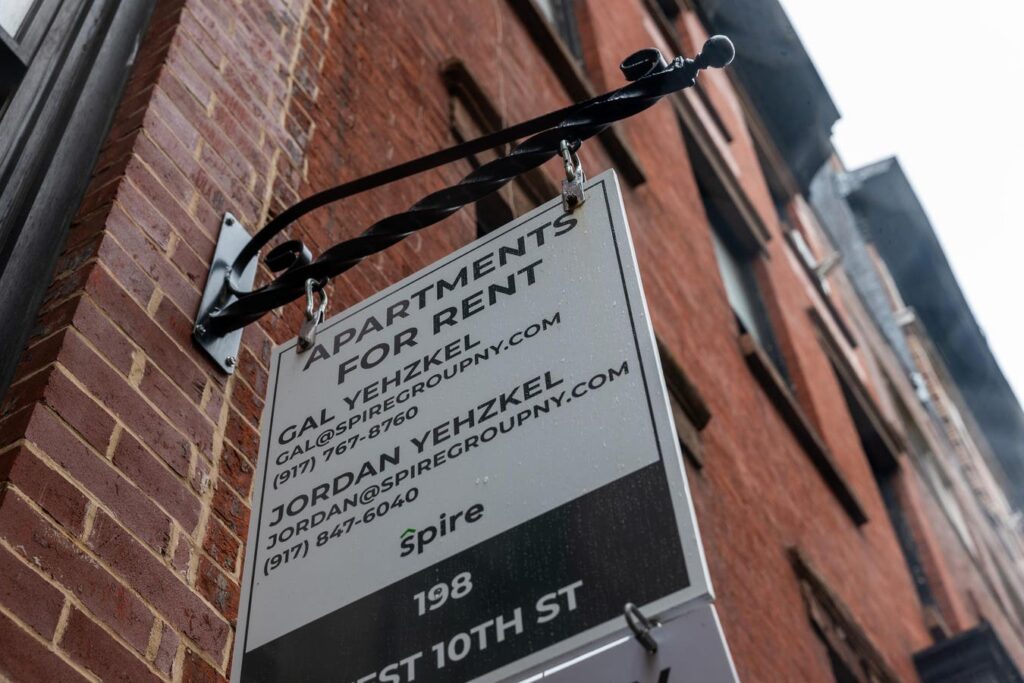As the post-pandemic economy grapples with persistent inflation, renters across the United States are feeling the pinch, particularly in urban centers like New York City. As of April 2024, rental prices alongside essentials such as food, gas, and housing continue to rise, leaving many Americans struggling to make ends meet. This ongoing inflation has led to speculation about whether the Federal Reserve would reconsider its interest rate strategies. However, indications suggest that significant cuts to interest rates are not forthcoming, highlighting the complexity and depth of the economic changes we are experiencing.
The quest for a return to the economic normalcy seen before the pandemic is proving to be elusive. There is much speculation about when prices and interest rates might stabilize, allowing people to breathe easier regarding financial concerns. However, the challenges we face today stem from systemic changes that have been developing over decades, rather than being attributable to any single political figure or party. This trajectory indicates an evolution in economic realities that cannot be quickly reversed.
Since the mid-1980s, the median income growth for American households has lagged significantly behind inflation, only increasing by 40% over four decades. In stark contrast, the purchasing power of the dollar has eroded, necessitating $3 today to match the value a single dollar had in 1984. The wealth gap has widened, with households at the forefront of the economy seeing their incomes grow robustly, while those at the median and lower percentiles struggle to keep pace with rising costs. This widening gap underscores the reliance on government aid and borrowing, which has kept the less affluent stable amidst escalating expenses.
While some economic indicators have suggested a return to pre-pandemic conditions—such as job openings improving relative to unemployment and GDP growth surpassing that of other advanced nations—interest rates have not followed suit. The Federal Reserve’s recent actions indicate that interest rates are unlikely to return to the ultra-low levels established following the Great Recession. This has led many to wonder about the broader economic principles at play and whether the observed anomalies in rates will self-correct over time, as history would suggest.
When discussing inflation, many are led to believe that a slowdown will return costs to pre-pandemic levels; however, experts warn against such assumptions. Renowned economist Mohamed El-Erian emphasized that while inflation might slow, it rarely translates to a decrease in living costs. This discrepancy requires a reevaluation of expectations surrounding price reductions and living expenses, particularly in light of the fact that so many factors contribute to price setting beyond mere economic indicators.
Focusing on the rental market, a dramatic increase in rental prices emerged during the pandemic, driven by a variety of complex factors including demand from investors drawn to real estate due to low bond yields. As landlords sought to maintain profitability, rent prices rose sharply. Although new apartment constructions have reportedly introduced more supply into the market, the significant growth in demand is expected to outweigh this increase in available units, potentially leading to another rise in rental costs. Projections suggest that with a decline in new apartment construction anticipated through 2027, the upward pressure on rents may soon resume, exacerbating the already daunting reality for renters.

